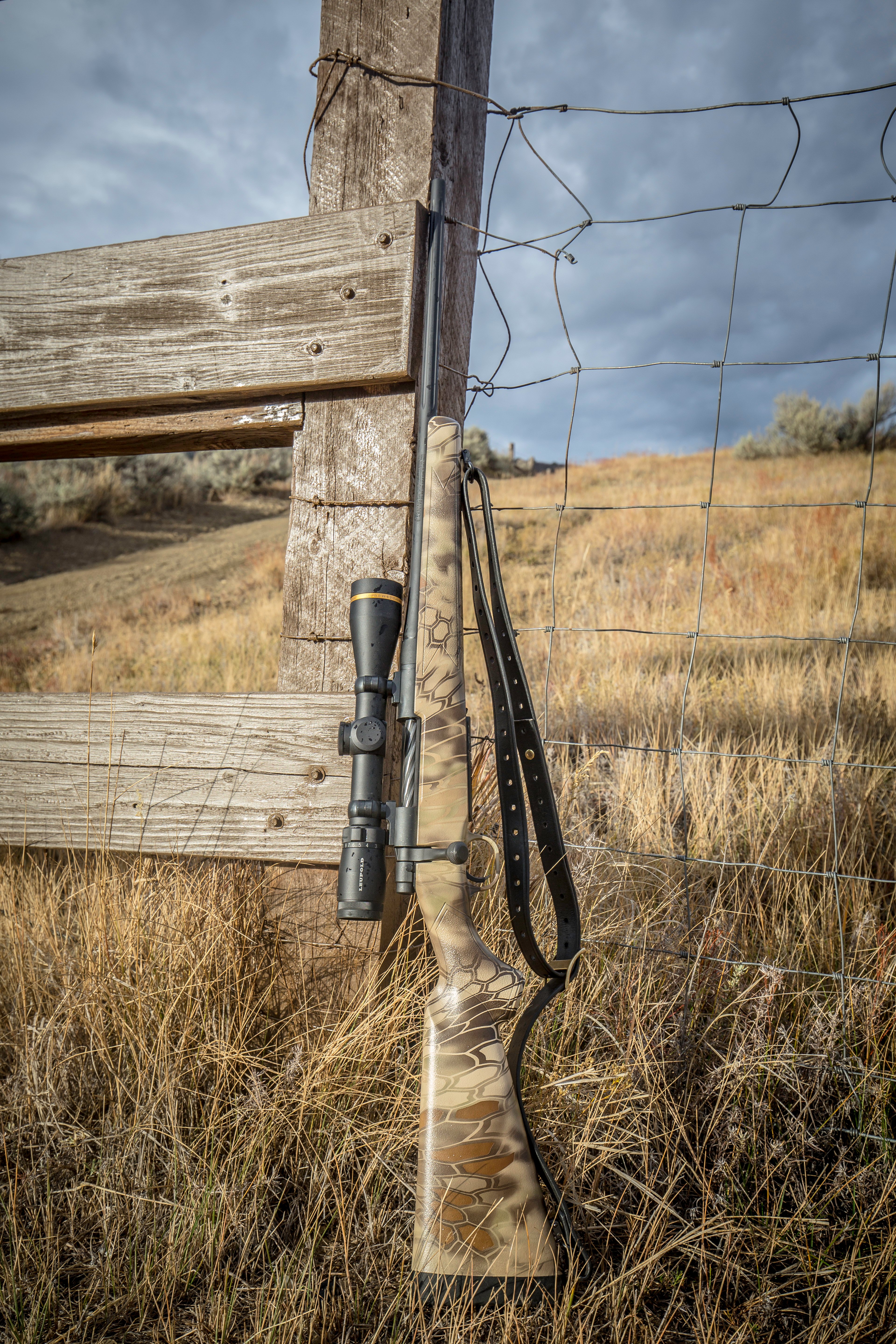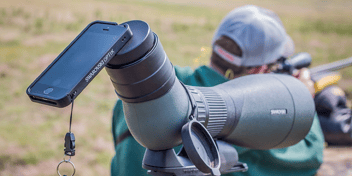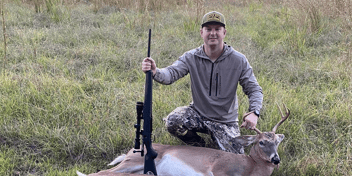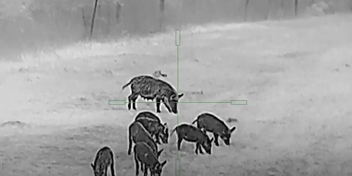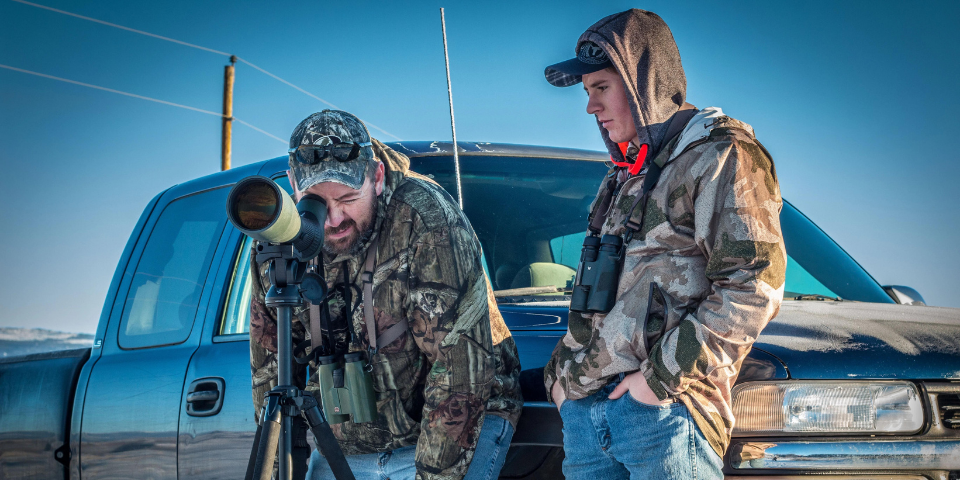
Whether you’re glassing alpine mountain slopes deep in the backcountry, or hunting rolling hill country and ranch lands, nothing gets the blood pumping quite like a Western mule deer hunt.
Solitary and nocturnal most of the year, the rut—which typically occurs in mid to late November—has a way of bringing untraceable muley monsters out into the open.
For this very reason, late-season mule deer hunts in the rut are among the most coveted tags out there. They’re often hard to draw, but the wait is worth the reward: the opportunity to bag a trophy of a lifetime is a very real possibility, especially if you’re looking for one of those non-typical freaks that become legends.
Here’s a look at how to score big in the rut on your next mule deer hunt...
Seeing the Light
The first thing to consider is that rut activity is dictated not primarily by the weather but by daylight.
The biggest driver of the rut, therefore, is actually the amount of daylight in a given 24-hour period at a particular latitude. This is why the rut happens more or less at the same time each year at a given latitude, regardless of weather conditions. As we’ll discuss in just a moment, the weather does play a role, but it isn’t the main factor.
Peak rut times differ depending on the state, but generally speaking, pre-rut and peak rut are going to occur sometime during October and mid to late November.
The majority of Western mule deer tags are issued for the month of October, which itself can be a fantastic month to hunt, whereas the majority of Boone & Crockett trophies are taken in November. This means that if you’re looking for the wall hanger of a lifetime, November is king.
Develop a Long-Term Plan
Because November tags are hard to come by, it means you have to start planning for the future, putting in for points and saving them up (depending on state) for that coveted rut hunt. For that reason, it’s a good idea to apply in multiple states each year and watch the points pile up.
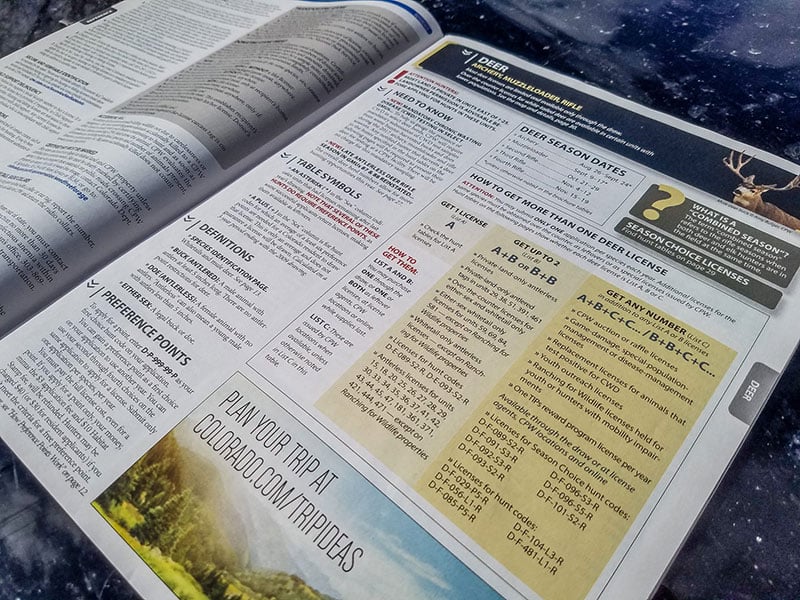
Success in the Western mule deer rut depends on your ability to develop a long-term game plan, which includes checking state regulations and applying in the draw for points. Most third and fourth season tags are hard to come by, so it will likely take you many years to accrue the adequate number of points to draw.
It also means you’ll want to invest a considerable amount of time researching the areas you want to apply for, and scouting them hard as your draw year approaches.
I recently conversed with an older gentleman from Wisconsin who was hunting Colorado’s fourth rifle season in the Northern part of the state. His particular tag took him 20 years to draw, and the fourth season was only five days long — that’s a lot of pressure and not a lot of time to hunt!
The other major consideration is that deer populations and trophy production by unit can change pretty drastically in a 20-year span, which means you have to stay abreast of deer and trophy numbers each year.
A Rifle You Can Trust
I knew a local fellow who waited nearly 20 years for a coveted elk tag in a trophy unit, and when opening day arrived, he showed up to camp with a .25-06 that would produce 3-inch groups, at best. He killed his bull, alright, but it took six shots and was almost a nightmare come true. I’ll never understand why a hunter would go on the trip of a lifetime with a sub-par rifle or less than ideal caliber selection.
The good news is you don’t have to shell out thousands of dollars for a rifle that will deliver MOA accuracy, hold up in the harsh elements of Western hunting, and is chambered in trophy-worthy calibers.
One of my favorites is Mossberg’s Patriot in Kryptek Highlander camo, chambered in .270 Win., which I used to take a nice mule deer this past year. If you prefer the classic wood look, Mossberg now makes the Patriot in the Revere series, which features a Premier 2.0 grade European walnut stock, rosewood grip cap with maple accent and oil finish. And in case you were wondering, the Revere series rifles are also chambered in the ever-popular 6.5 Creedmoor.
Mossberg’s Patriot rifle in Kryptek camo, chambered in .270, is one of the most versatile all-weather hunting rifles on the market. Capable of stretching the distance in a Western environment that often calls for the long shot, the Patriot is a sub-MOA tack driver.
With a 22-inch barrel, 1:10-in. twist, Lightning Bolt Action (LBA) trigger and weighing just 7 pounds, the Patriot in Kryptek carries an MSRP of an astonishing $436, an absolute bargain for a sub-MOA rifle.
Mossberg Patriot Synthetic Kryptex Highlander Camo (SKU# 27949)
I shot the Patriot with ammunition from Federal, Hornady, and Winchester, and all of it beat the 1-inch standard at 100 yards.
The synthetic stock won’t swell or contract in differing climate conditions, and the matte blued finish on the barrel is also weather resistant. The Patriot is available in proven trophy-taking rounds like .308, .30-06, .300 Win. Mag. and 7mm Mag.
Any of these cartridges will do the trick on a mule deer, even at pretty considerable distances. I shot a mule deer this year with the 7mm Mag. at 560 yards, a one-shot takedown, something I’d be equally comfortable doing with any of the above cartridges and enough practice behind the rifle.
Keep in mind, Western mule deer hunting isn’t the same as sitting in a blind with maximum shots around 100 yards; the mountains and plains are wide open, giving greater visibility to animals and making that longer-range shot a real possibility you need to prepare for. As always, know your rifle and your limitations, and you’ll be just fine.
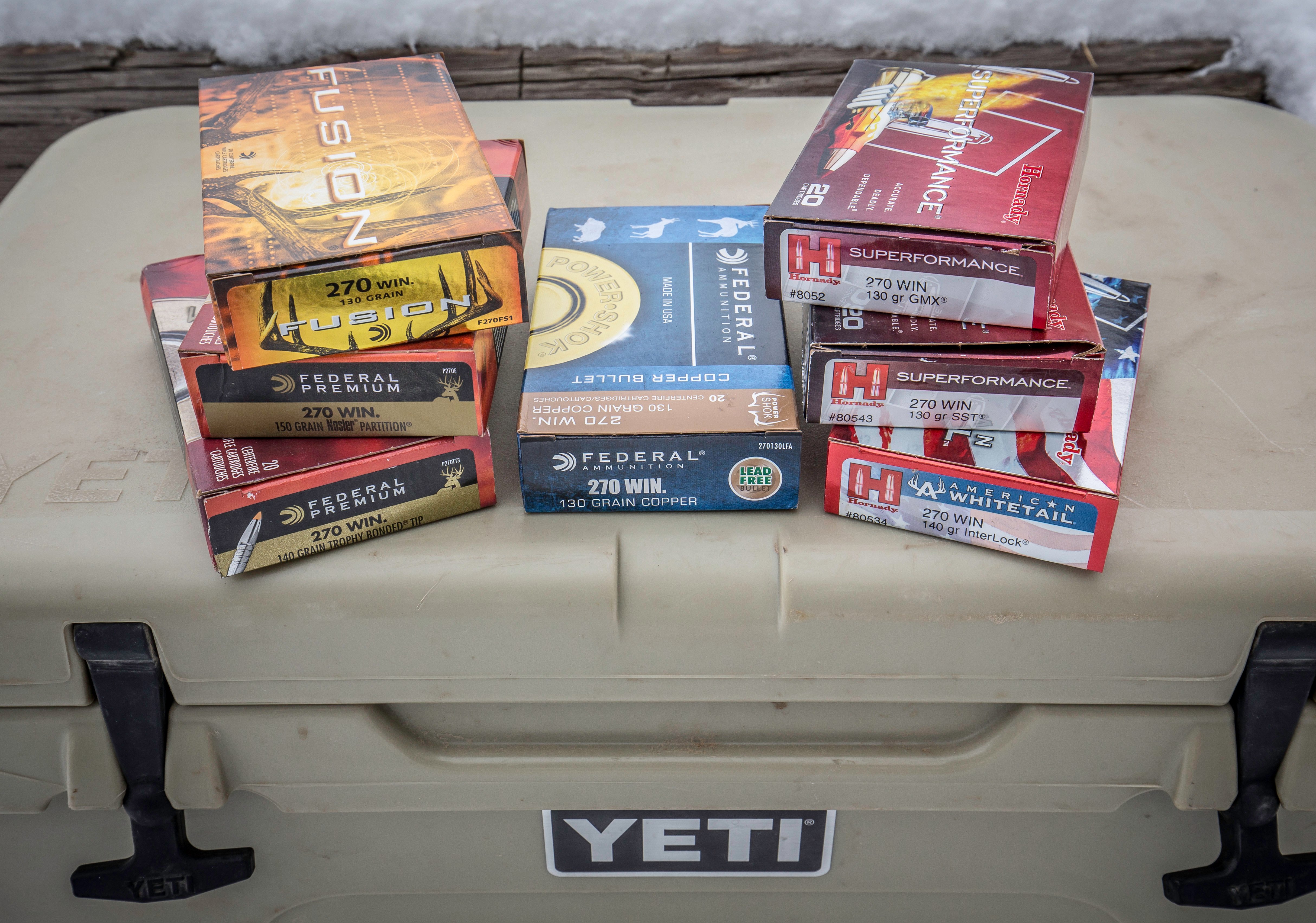
A key component for any successful hunt is selecting a quality load to take afield. Hornady and Federal both provide excellent, highly accurate options. For trophy animals, consider especially Federal’s Trophy Bonded Tip or Hornady’s GMX.
Glass Hard
One of the best techniques for locating a giant buck in the rut is to glass as much country as you possibly can. Keep your eye on the does, because as they congregate and migrate with the changing season, the big bucks will inevitably show up.
I can’t tell you how many times I’ve watched a group of deer for weeks and then, out of nowhere, a giant buck I’ve never seen before simply shows up on the scene. As bruiser bucks are turned on and looking to breed, they’ll also become visible, typically at dawn and dusk.
Get a good set of maps, or even better, OnX Maps for your GPS, and pay attention to private land fields that border public land.
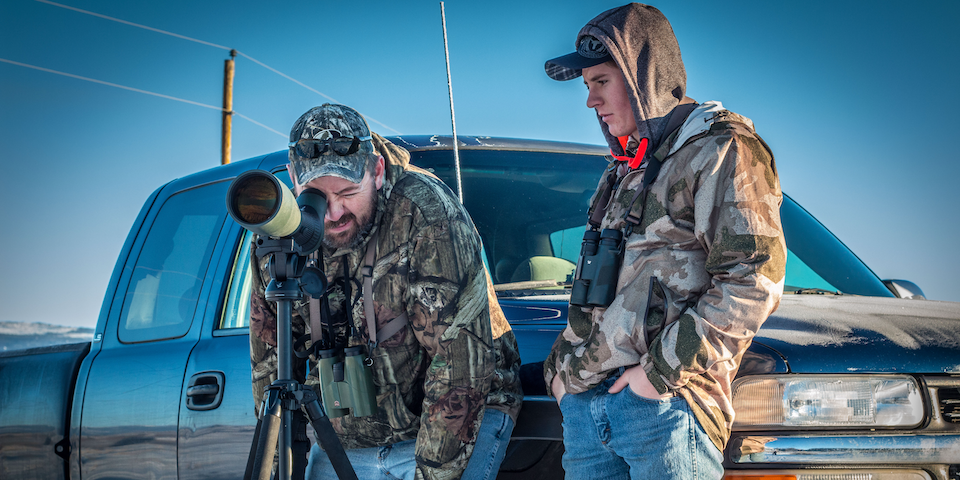
The best strategy for locating big bucks in October and November is by far and away glassing and covering as much ground as you possibly can. Equally important is having a quality spotting scope that allows you to locate and estimate score on bucks you’d like to pursue.
Because glassing is so crucial to a successful trophy mule deer hunt, and you don’t want to waste any time chasing a buck that isn’t worthy of a highly coveted tag, it’s vital that you get your hands on a quality spotting scope. Vortex, Nightforce, Maven, and Swarovski make great spotters and represent a pretty broad price range, and I’ve used them all.
Watching the Weather
As we talked about before, weather isn’t the key factor in determining rut cycles, but it is still important. Snow fall and colder temperatures will generally increase deer movement, which means animals will migrate down from the high county and need to feed more.
If you do happen to catch a front moving in, and particularly if it holds snow, the days following a solid snowfall can be electric. Not only does deer movement increase because of feeding and migration, it’s easier to cut a track and locate otherwise evasive bucks, and deer tend to congregate in high nutrition areas.
Feed & Water
Food and water are always essentials for locating bucks, but particularly in rut conditions. As bucks chase does, migration picks up and colder temperatures set in, it means deer need a reliable food source and will congregate there more often.
River bottoms near agricultural lands, as well as farmland adjacent to public lands, are good places to glass and scout. Especially when snow strikes the high country, look for deer to pile up in whatever areas contain the best food and water options.
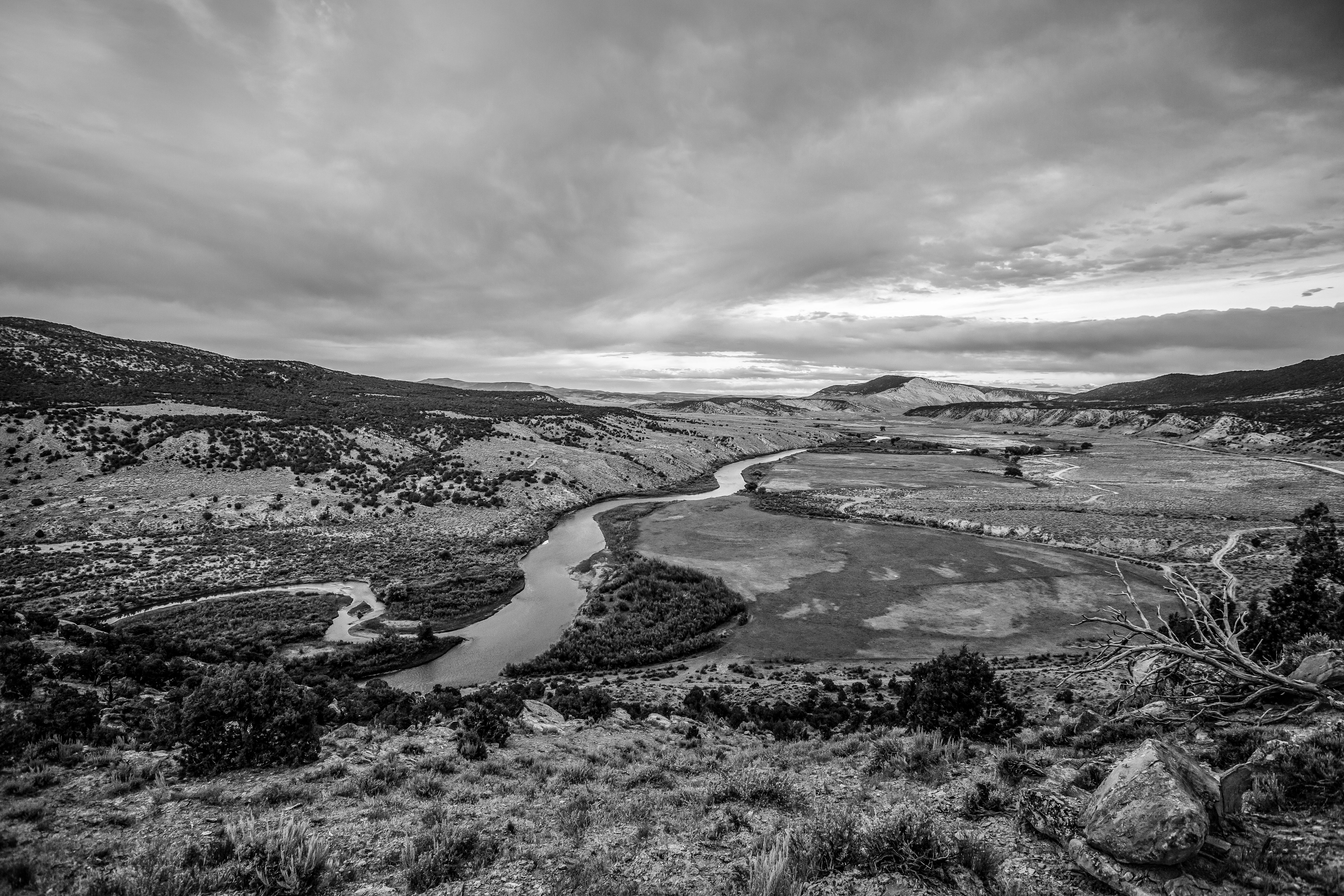
The beauty of hunting many Western states is that there’s plenty of wide open public lands, many of which sit adjacent to high deer numbers on private land. These are ideal spots to glass, scout and hunt mature bucks, especially in the rut.
Not Like Whitetails
Finally, keep in mind that mule deer aren’t like whitetails; they’re much less vocal and, as a result, hunting them in the West isn’t the same as sitting in a treestand in the rut-crazed Midwest. You’re generally not going to rattle or call them in, but instead rely on scouting and glassing to locate a trophy buck in the rut.
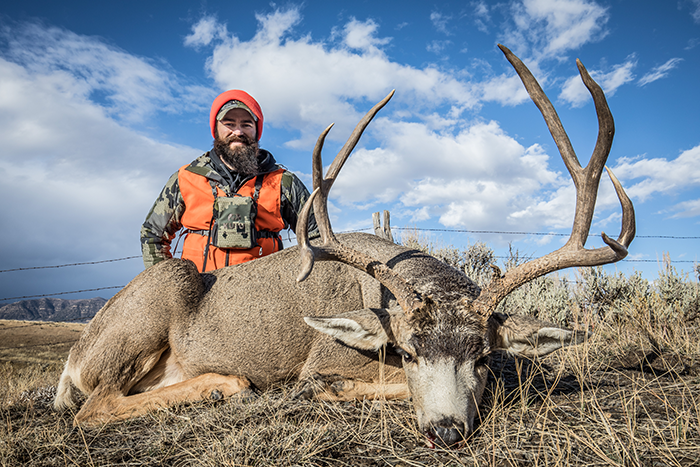
The Western mule deer rut is a coveted time of year to hunt because it brings elusive, trophy bucks out into the open. Generally, third or fourth rifle seasons in late October or November will give you the best shot at scoring on a monster muley.
About the Author


